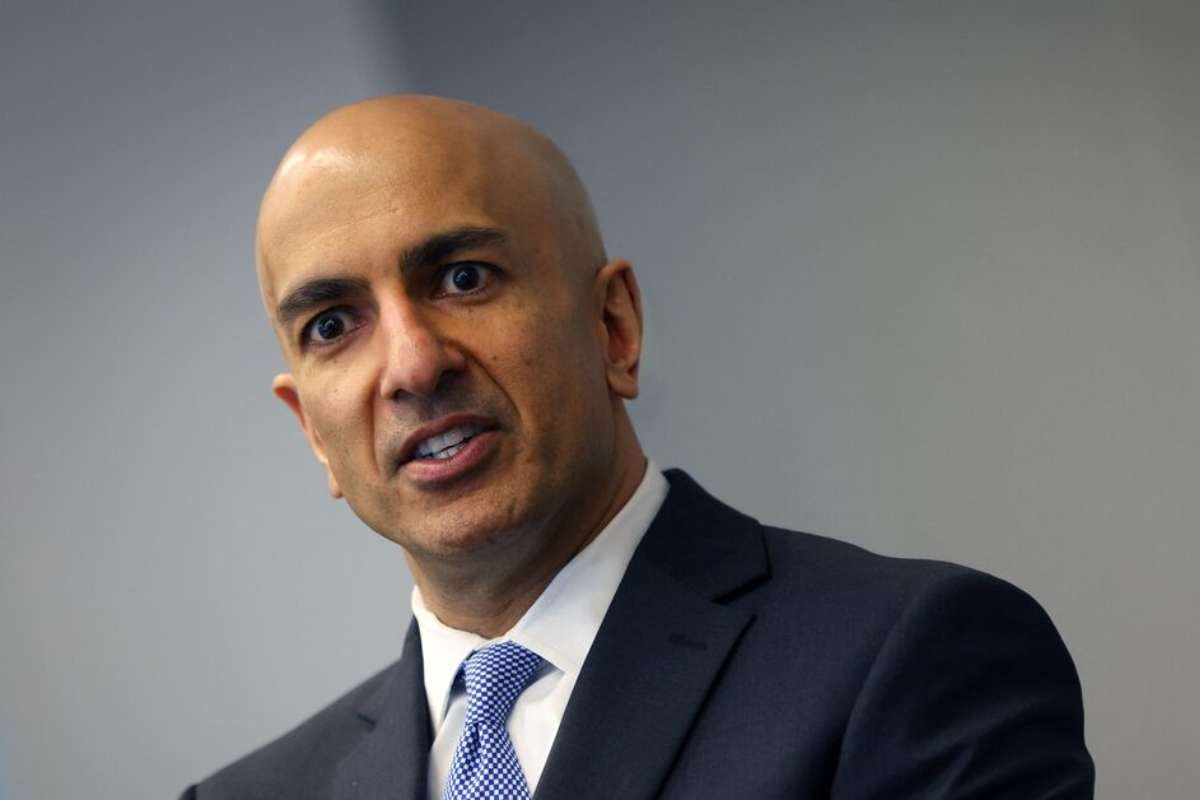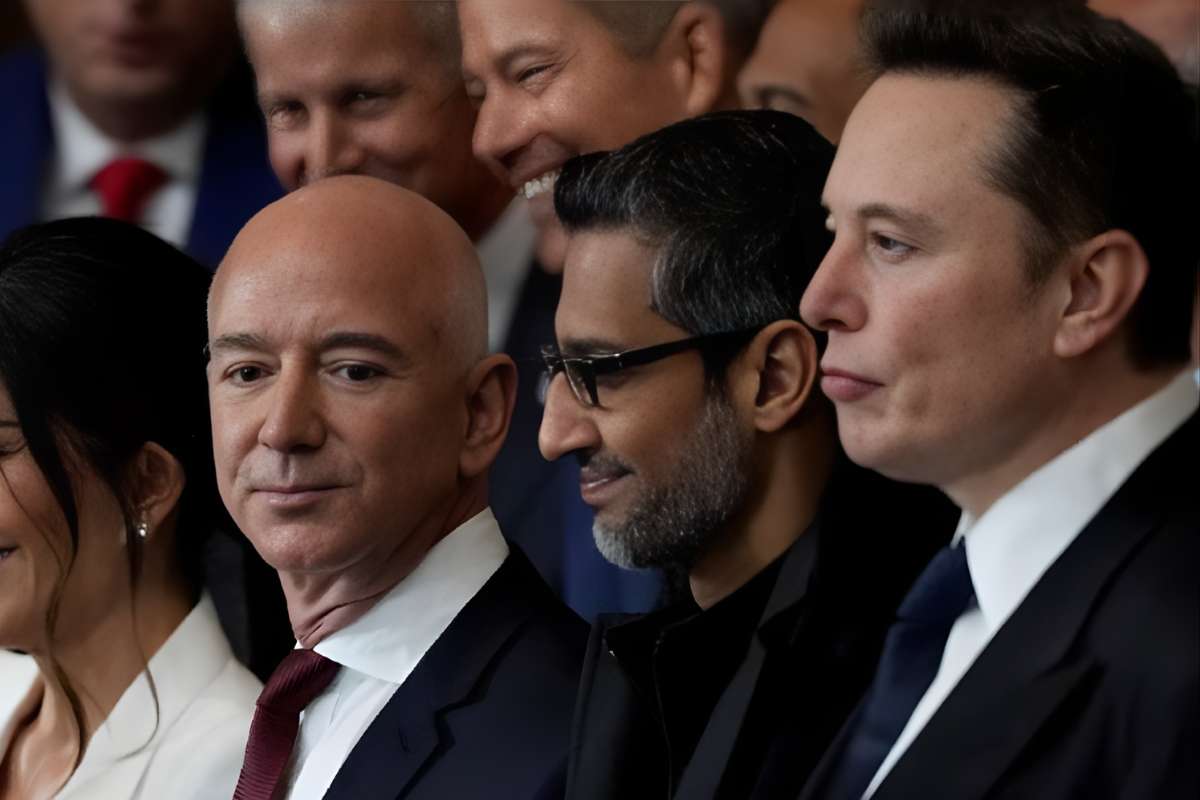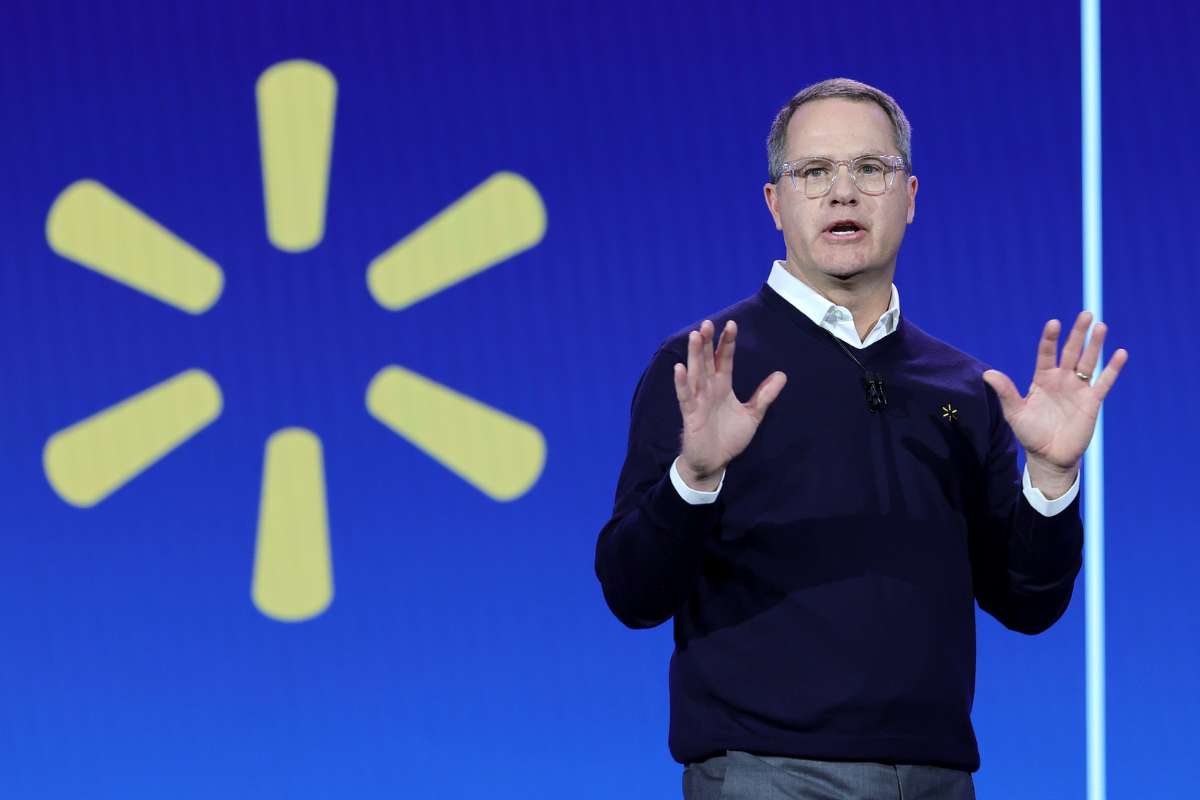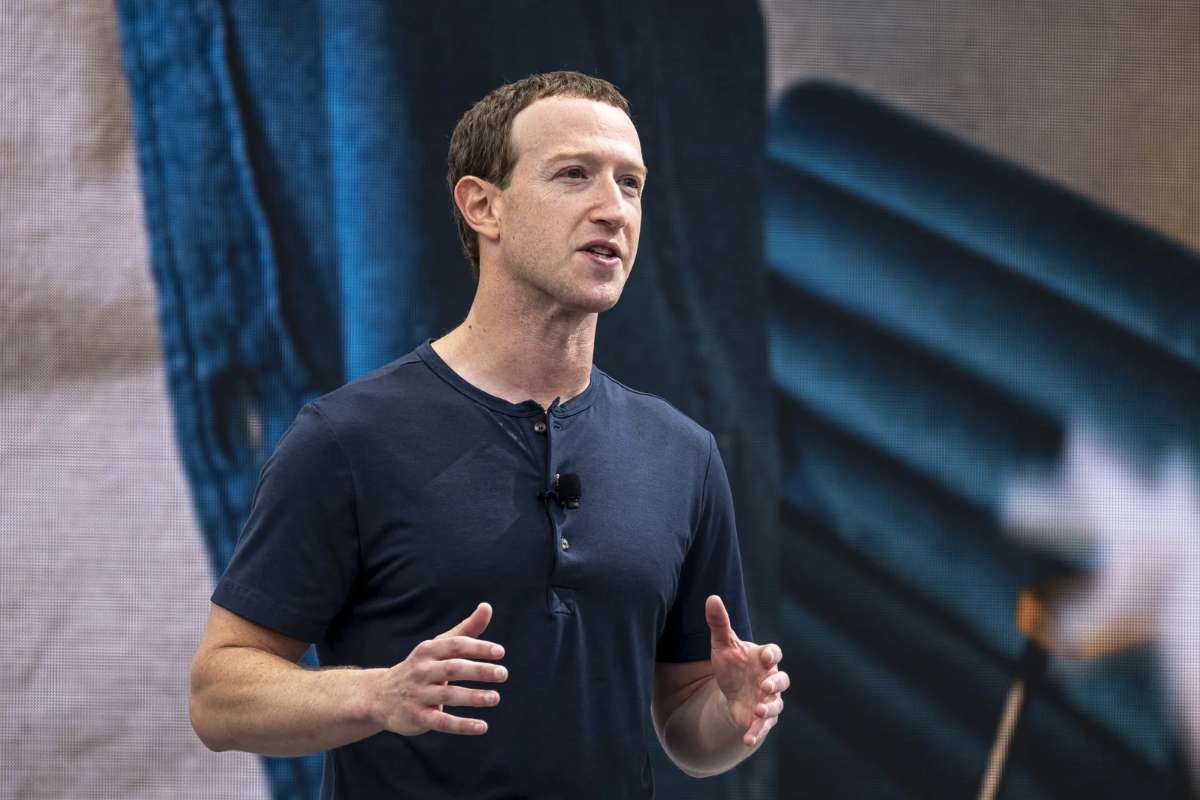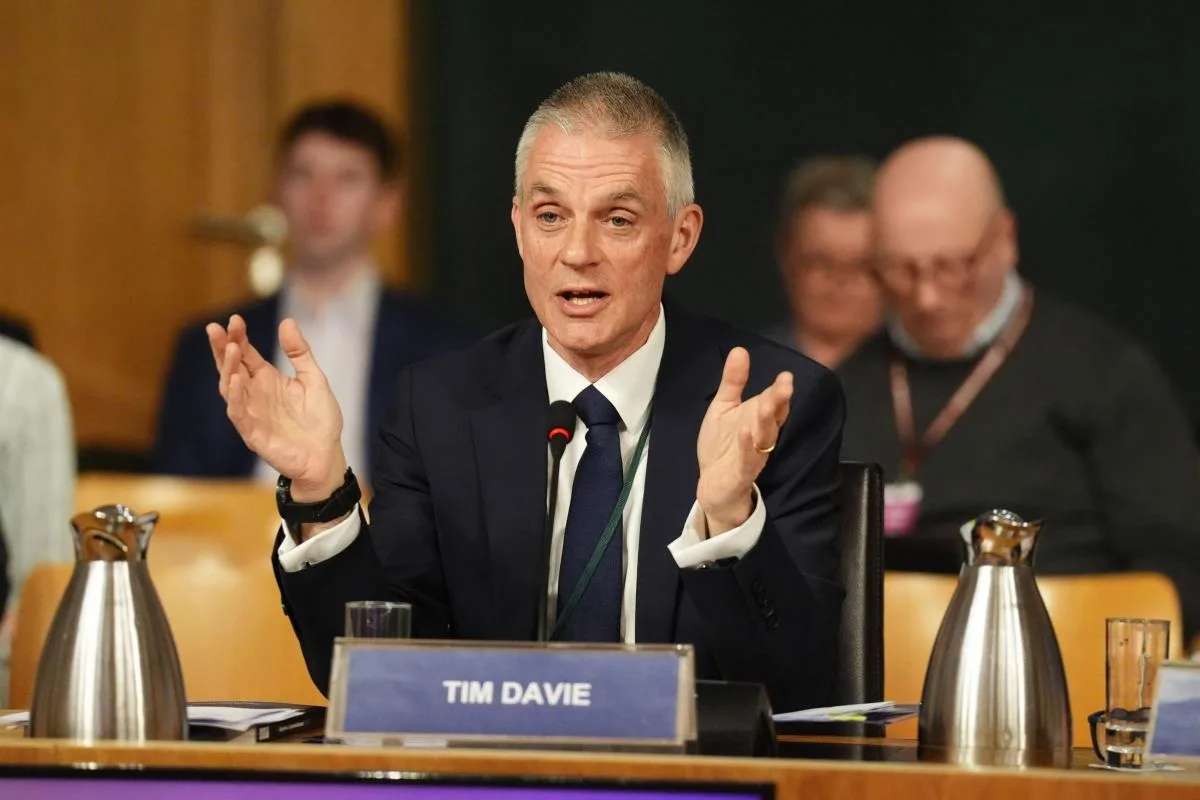Key Points:
- Kashkari opposed the October rate cut, citing a resilient U.S. economy.
- December Fed decision uncertain, markets split on cut vs. hold.
- Highlights dual-speed economy and pushes for cautious, data-driven policy.
The Federal Reserve’s internal divisions became more visible this week as Neel Kashkari, President of the Federal Reserve Bank of Minneapolis, revealed that he did not support the central bank’s most recent interest-rate cut in October. While the Fed moved forward with the reduction as part of its ongoing easing cycle, Kashkari argued that the economic indicators pointed in the opposite direction.
According to him, both anecdotal and formal data suggested that U.S. economic activity remained “stronger and more resilient” than anticipated, reducing the need for further monetary loosening at that moment. Although he is not a voting member on the Federal Open Market Committee this year, Neel Kashkari actively participates in policy discussions, making his views a meaningful signal of emerging divisions within the leadership.
His stance contrasts with the broader committee consensus, which backed rate cuts in both September and October as part of a strategy to cushion the economy amid mixed signals. Kashkari’s dissent, however, underscores growing uncertainty about whether this easing pace is appropriate.
December Meeting Still Open-Ended
Looking ahead, Kashkari struck a notably cautious tone regarding the upcoming December 9-10 Fed meeting. He said he remains undecided on whether the committee should pursue another rate cut or pause policy changes altogether. In his view, the totality of incoming data over the next few weeks will determine whether easing is still justified.
Markets, which previously expected a near-certain cut in December, have adjusted to this uncertainty. Recent pricing from futures traders shows a roughly even split between expectations for a cut and a hold, a significant change from the confidence seen earlier in the quarter.
Neel Kashkari highlighted what he described as a “dual-speed” U.S. economy:
- Lower-income households are showing signs of stress, with rising delinquencies and weakening cash flows.
- Meanwhile, many corporations are posting solid earnings and projecting optimism for 2026.
He also noted that incomplete or delayed economic data, caused by earlier federal disruptions, has complicated the Fed’s visibility. Given inflation remains above the 2% target in several measures, he believes the central bank must be “careful, patient, and data-dependent.”
Markets Brace for a More Cautious Fed
Kashkari’s public dissent and uncertain outlook have contributed to a recalibration of expectations across financial markets. Investors are increasingly preparing for the possibility that the Fed may slow or temporarily halt its rate-cut trajectory. Analysts say his stance hints at growing momentum within the Fed for a more cautious approach, especially among officials concerned that inflation progress could stall prematurely.
If the Fed decides to keep rates unchanged in December, it would signal a strategic pivot from earlier assumptions that more cuts were imminent. Instead, it would set the tone for a more carefully paced easing cycle — one anchored in concrete evidence of economic softening, rather than forecasts alone.
For now, Neel Kashkari’s comments reflect a complex economic landscape: resilient in some areas, vulnerable in others, and still lacking a clear trajectory. All eyes are now on the data arriving before mid-December, which will likely determine whether the Fed stays its course or hits the brakes on further cuts.

